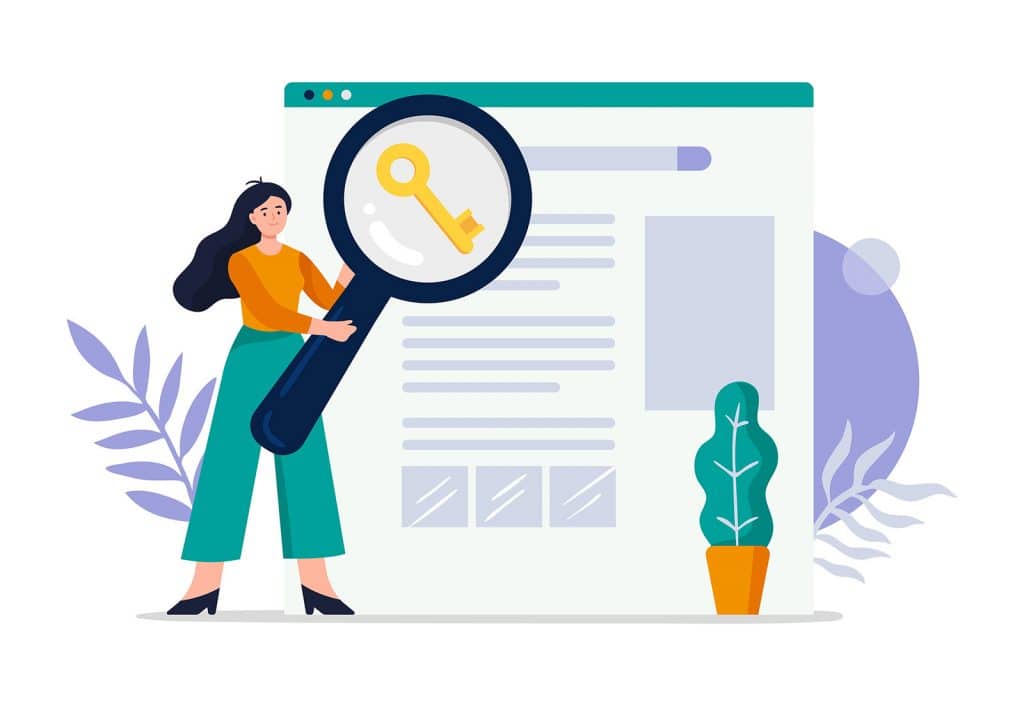When you search for something in Google, you not only want answers, but you want the best solution; PageRank has been an essential factor in determining the best pages to place higher in the SERPs.

Table of Contents
What Is PageRank?
PageRank (PR) is a mathematical calculation invented by Larry Page and Sergey Brin, Google’s founders; this equation evaluates the quality and quantity of backlinks to a webpage to determine a corresponding score of that page’s influence and authority on a scale from zero to ten.
PageRank score of 10 would include sites such as Facebook, Twitter, Instagram, YouTube, etc., with the highest volume of inbound links.
You may be interested in your site’s page rank score, but Google no longer reveals this information. Even though this score is not publicly available, PageRank remains essential to Google’s secret ranking algorithm.
PageRank isn’t the only ranking factor (Google has over 200 ranking factors); PageRank scores can be used to return more relevant and trustworthy results. Because of the numerous ranking factors, high PageRank does not guarantee results, but it does help.
What Is “Link Juice”?
When a Site links to your web page, Google sees this as an endorsement or a vote. Google tallies all these link votes to draw specific conclusions about your website. This equity is the fundamental theory behind PageRank.
Linking internally or externally from one of your pages to another, this passing of PageRank is also commonly described as “link juice” or “link equity.”
The amount of link authority passed depends on two things:
- The quality of the referring page
- The total number of outbound links (outgoing links, external links) on the referring webpage
Even though Link Juice is a common terminology, it is not in Google’s vocabulary, which means the SEO community coined it.

How Link Juice Is Passed
Every webpage has a limited amount of link juice it can pass. A website cannot give more equity than it has acquired. A lot like you cannot lend someone money you don’t have. This is why it is important to study your link structure.
When a webpage links out to other pages, the links on that page are divided equally, and all share an equal portion of the points.
You can tell Google not to pass PageRank by adding a NoFollow tag (e.g., rel=” nofollow”). However, these NoFollow links are still seen as part of the total links on the page, reducing the overall value of link juice.
For example, You have a page with 100 PageRank points; the page has four links on it, and three have a NoFollow attribute; that follow link will only receive a quarter of the link equity. You can notice that PageRank is divided by the number of links per page using a logarithmic scale.
Google’s Matt Cutts Explains How PageRank Works
How PageRank is calculated
The PageRank formula:
PR(A) = (1-d) + d (PR(T1)/C(T1) + … + PR(Tn)/C(Tn))To calculate PageRank of page A, we take 1 minus the damping factor (d). D is typically set as .85. Then, taking the PageRanks of all pages that point to and from page A, add them up, and multiply by the damping factor of 0.85.
Google Toolbar
The Google Toolbar (chrome browser) long had a PageRank feature that displayed a visited page’s PageRank as a whole between zero and ten. The most successful websites displayed a PageRank of 10. The least exhibited a PageRank of 0. Google has not revealed the specific method for determining a Toolbar PageRank value, which is considered only a rough signal of a website’s value. In March 2016, Google announced it would no longer support this feature, and the underlying API would soon discontinue operation.
Transferring Equality with Internal Linking
Internally linking relevant and related articles can signal to Google which web pages they should focus on. This probability distribution signal is strengthened by optimizing for the first link rule and by including relevant anchor text on those Internal links.
When Nofollow Is Essential
Adding NoFollow tags was a method to conserve and sculpt the PageRank algorithm, but since those days, Google has found ways around that. Still, NoFollow is necessary for specific types of links:
- Paid links and ads
- Links that would dilute your subject relevance
- Links to untrustworthy pages
You must NoFollow Paid-For links and Ads on your website; this is a part of Google’s Policies. Your website could be penalized if you fail to add NoFollow tags to promoted content.
Sometimes in business, you need to link back to specific pages or websites; if these links are unrelated to your business or you do not have 100% trust in them, you must add a nofollow tag.
Quality will always outweigh quantity; numerous low-quality backlinks with exact match keywords the website is trying to rank organically is a recipe for disaster. Never buy links; earn them naturally or not at all.
Published on: 2021-02-03
Updated on: 2024-05-07